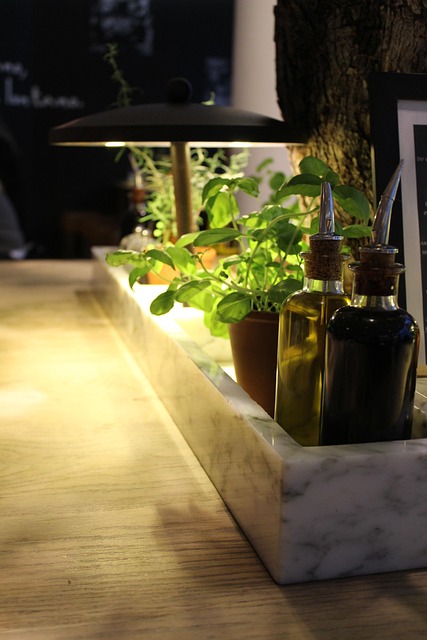Allergy sufferers often struggle with mold-related symptoms, but natural remedies like vinegar offer a safer alternative to chemical bleach for mold removal. Vinegar's acetic acid properties disrupt mold spores, providing a non-toxic solution that avoids the health risks associated with bleach fumes and residues. This makes vinegar a preferred choice for creating healthier living spaces, especially for those looking to avoid toxic chemicals while effectively combating mold.
Are you an allergy sufferer plagued by mold? Discover natural, non-toxic solutions to combat this common trigger. This article guides you through understanding mold allergies and their impact on your health. We explore the age-old debate of vinegar vs. bleach for mold removal, offering eco-friendly alternatives. Learn about effective, safe mold treatment options tailored for allergy sufferers, allowing you to breathe easier in your home environment.
- Understanding Mold Allergies and Their Impact
- Natural vs Chemical: Vinegar and Bleach for Mold Removal
- Effective Non-Toxic Mold Treatment Options for Allergy Sufferers
Understanding Mold Allergies and Their Impact

Many allergy sufferers experience exacerbated symptoms due to mold, a common yet often overlooked indoor allergen. Mold thrives in damp environments, making homes and buildings with plumbing leaks or high humidity ideal habitats. For sensitive individuals, inhaling mold spores can trigger allergic reactions ranging from sneezing and runny noses to more severe asthma attacks.
While commonly used for cleaning, bleach is not the ideal choice for treating mold, especially for allergy sufferers. Its strong chemical composition can exacerbate respiratory issues. On the other hand, a natural alternative like vinegar is gaining popularity as a safe and effective mold remover. Vinegar’s acetic acid properties help break down mold spores, making it a non-toxic yet powerful solution for allergy-prone individuals seeking to create a healthier living environment by opting for vinegar vs bleach for mold.
Natural vs Chemical: Vinegar and Bleach for Mold Removal

When it comes to tackling mold, many people turn to chemical-based solutions like bleach, but there’s a growing preference for natural alternatives, especially for allergy sufferers who may have sensitive respiratory systems. Vinegar and bleach are commonly used for mold removal, yet they represent two very different approaches.
Vinegar is a popular choice due to its anti-fungal properties and ability to effectively clean and deodorize surfaces. It’s gentle yet powerful, making it suitable for most areas, including those with delicate materials or finishes. On the other hand, bleach is a potent chemical that can quickly eliminate mold but may leave behind harmful residues if not used correctly. While effective, its strong fumes can trigger allergies and respiratory issues, making vinegar a preferable option for allergy sufferers aiming to create a non-toxic living environment.
Effective Non-Toxic Mold Treatment Options for Allergy Sufferers

When it comes to treating non-toxic mold for allergy sufferers, several effective options exist that steer clear of harsh chemicals. One popular and natural choice is vinegar, a powerful ally in the battle against mold. Vinegar’s acetic acid effectively disrupts mold growth without releasing harmful fumes or leaving toxic residues. It’s ideal for cleaning affected areas, especially in well-ventilated spaces, as it kills spores and prevents regrowth.
In contrast, bleach is often avoided due to its potent chemicals and potential health risks. While it may seem like a quick fix, bleach can be counterproductive for allergy sufferers, as it releases toxic fumes that can exacerbate symptoms. Moreover, bleach isn’t as effective against mold as vinegar; it only kills the visible spores on the surface and doesn’t address hidden or embedded molds. Thus, for safe and sustainable mold treatment, many experts recommend natural alternatives like vinegar over traditional bleach.
